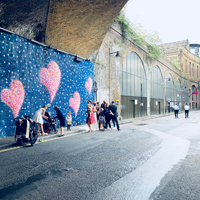
Award winning International Health Insurance for Individuals and families living abroad
Get Quote
 Cigna Global Health
Cigna Global HealthAward winning International Health Insurance for Individuals and families living abroad
Get Quote
Copyright 1997-2025 Burlingame Interactive, Inc.